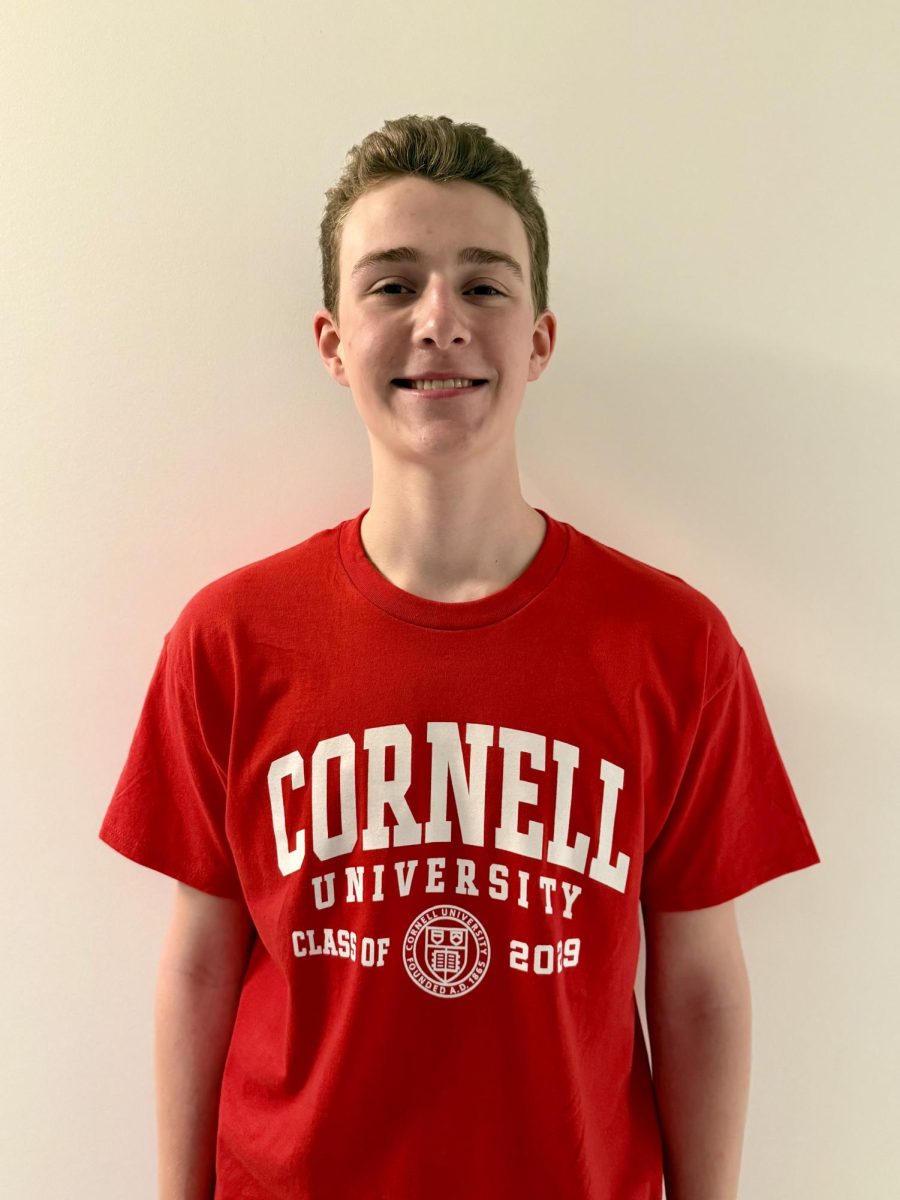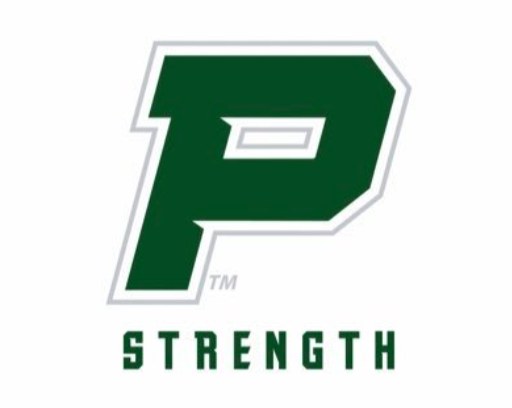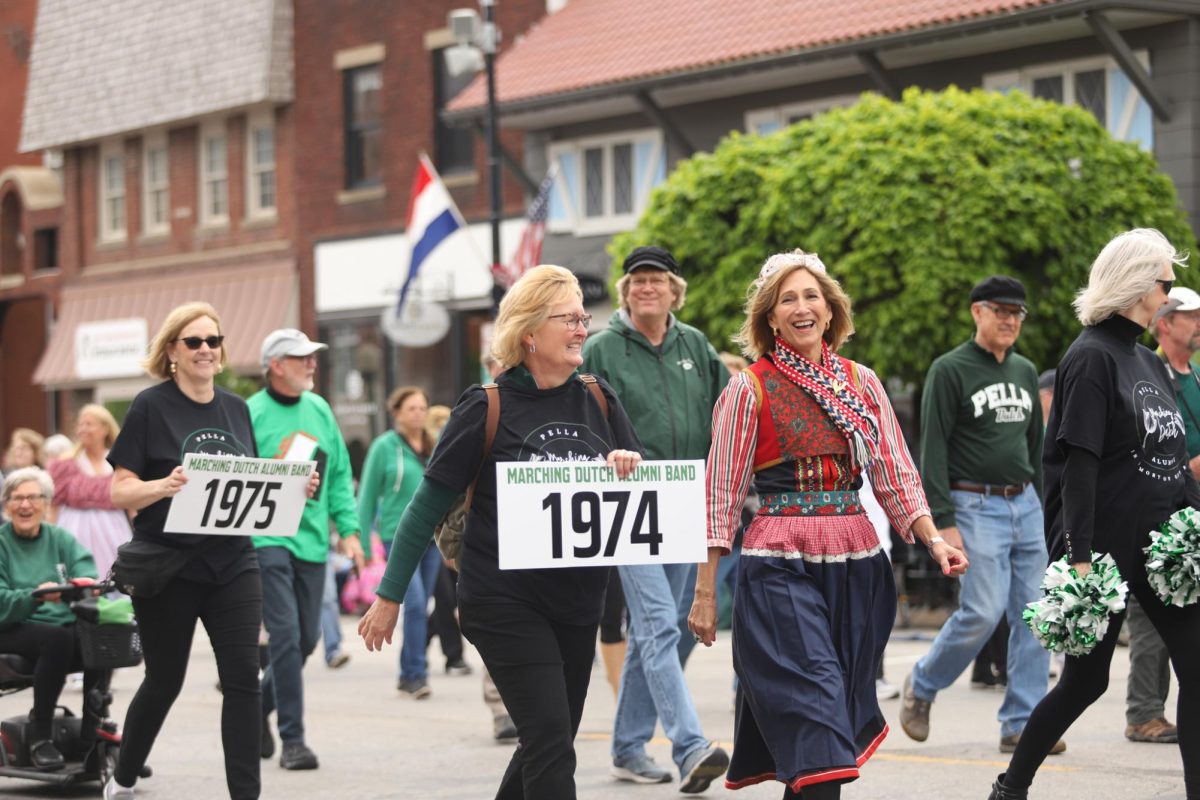In the American fashion industry if someone is a pant size sixteen or higher, they are considered plus sized; more than half of American women fit this label. Yet according to Mariah Chase, the CEO of plus-size retailer Eloquii, the category of plus sized represents only about 17 percent to 18 percent of apparel sales.
For instance, a recent search revealed about 16 percent of dresses on J.C. Penney’s website are plus-size. That number falls to 8.5 percent on Nordstrom’s online website. Nike has only five items on its website in plus sizes, and a search for “plus size” on Under Armour’s website reveals a landing page that says “Sorry, we’re currently working on more gear in this category.”
Ashley Graham, a plus sized model, was featured on the cover of Sports Illustrated magazine in 2016. It has been Graham’s personal vendetta to crush stereotypes of what a beautiful body looks like, and she is trying to provide more attractive plus size fashion. Graham has made her own swimsuit and lingerie line catering towards plus sized women. Often when sizes go up in bras and swimsuits, the designs and styles get less stylish and more beige.
Another icon in the plus sized industry is Tess Holliday. She is very blunt about the way things are. Holliday is 5’3½” and wears a size 22. She doesn’t care what people call her because she is confident in her own skin.
“The reality is I am fat. It’s a word. It’s an adjective, and I don’t care,” Holliday told Buzzfeed.
Many plus sized women have raised awareness to the issues that follow the plus sized fashion industry and have started many campaigns such as: #plusisequal, #effyourbeautystandards, and #droptheplus(the campaign started to get rid of the term “plus size” to reduce segregation). Women of any size are joining these campaigns to try to stop people from judging what is on the outside. Women of every size and shape want representation, and they are getting closer every day.








